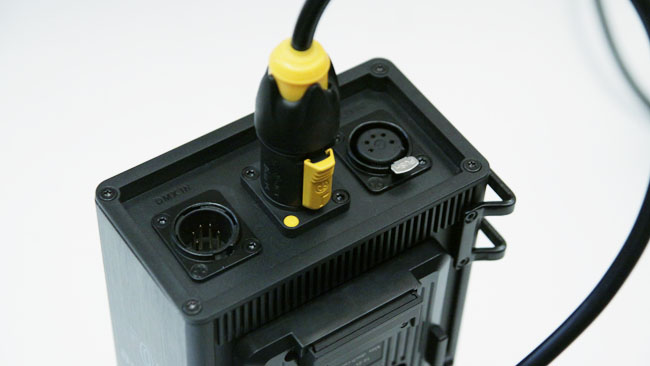
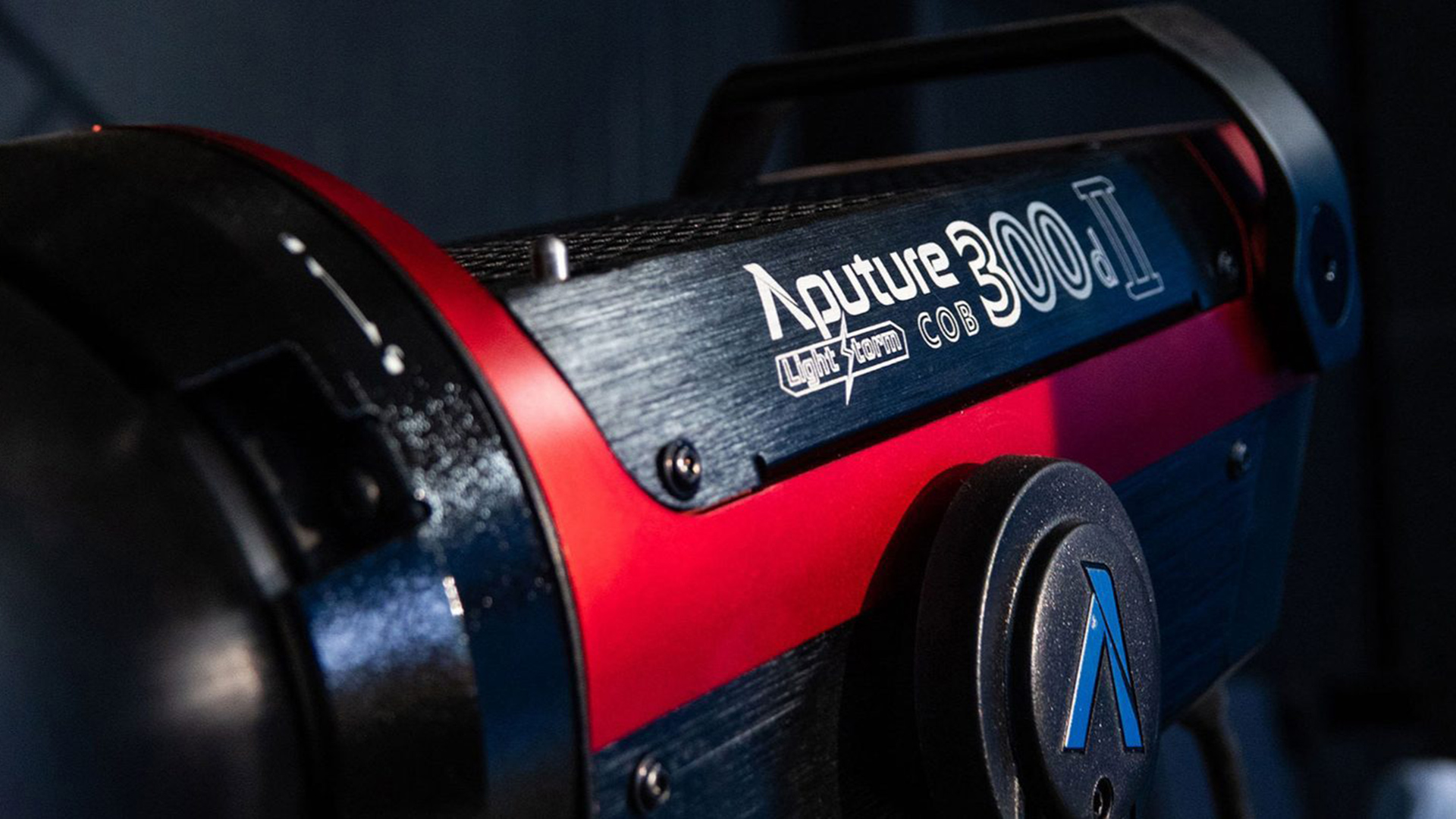
This is the difficult second album of Aputure’s widely adored hard light range. As such, it has to extend what came before, so it’ll be something new, but it also has to solve the same sorts of problems. How much better is the Aputure COB-300d MkII than the Mk1?
Aputure’s hard lights are in an unusual position. First, hard LEDs are rare in a world full of a thousand flat panels. Second, the company has long been near or at the front of sheer power, even compared to costlier options. Finally, putting a Bowens mount on a continuous light isn’t new, but it is about the only standard for separating the photon motivator from the optical assembly, for better flexibility. The COB series has brought us some interesting options.
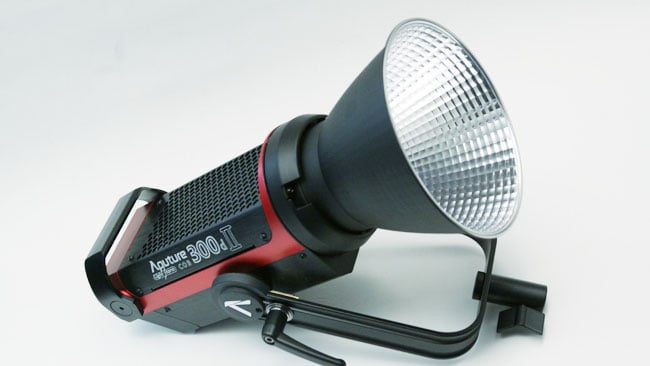
Aputure COB-300D Mk. II
The 300D Mk. II brings us some of the improvements pioneered on the 120D Mk. II. To go from the wall socket forward, the power supply and controller are now combined. Running one of these lights from the mains used to require two boxes and three cables; no longer. With the old approach, the battery-powered configuration was probably a bit smaller and lighter than it would be. Now, the mains power pack is built-in, but on balance, the new setup is probably better.
![]()
The icon bottom-right of the display indicates the selected dimming curve. No curve is completely step-less, but this one is perhaps the most ergonomic
The controller seems well-made, built into a sturdy aluminium extrusion, and while the controls are of similar design to Aputure’s other products, the feel benefits from being set this hunk of metal. Only the rather plasticky rotary dial lets down the overall impression of quality. In distinct contrast to the Mk. I, it is silent. Other tweaks include a dovetail plate and clamp for stand mounting, as well as the use of a latching (Neutrik branded) Powercon connector for the mains inlet and the now fully internal radio antenna. The antenna on the old lights was a contender for the title of world’s flimsiest component and that’s solved.
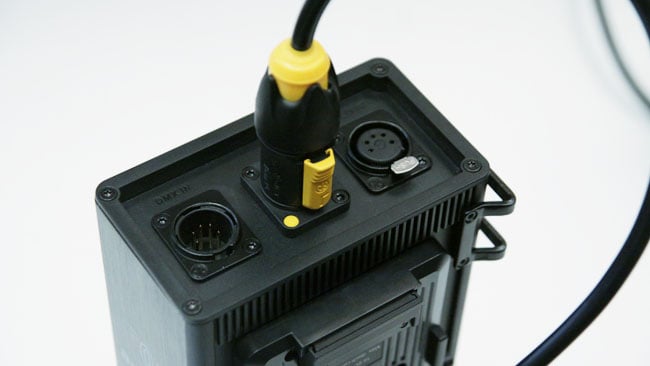
Latching power connector
Rejoice also in the knowledge that the ballast-to-head cable is now supplied properly coiled. The mains lead is still tortured with Twist-ix and will only stop being a trip hazard after much diligent bending and flexing, but the trend is good. It’s possible to run the light from two (for full power) batteries, though they’ll need to be big, capable ones to stand 150W each for long. These batteries plus charger would approach the cost of the light, so it isn’t necessarily an indie option. Otherwise, the only downside is that we can’t use an external 24V DC power supply, as from one of Cine Power’s big bricks, with no DC input connector.
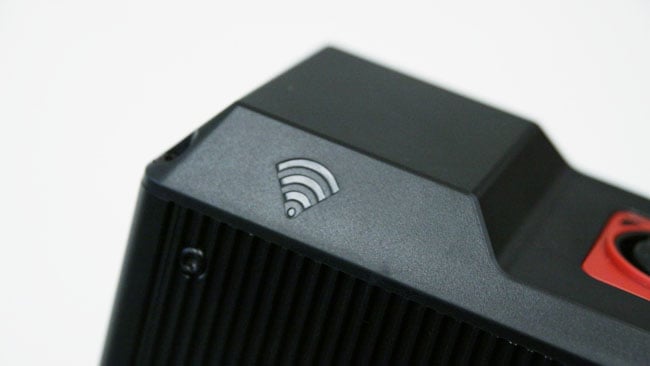
That flimsy antenna is now under this sturdy chunk of ABS
Mechanically, the head is shorter than the mark one, with a deeper yoke that can flip all the way around and a red “I’m up to date” stripe. The yoke clamp is better, with a brass insert which feels nicer and works better. The Mk. II is compatible with Aputure’s spotlight and Fresnel mounts, or with anyone else’s Bowens-mount accessories given reasonable caution about the high continuous power level.
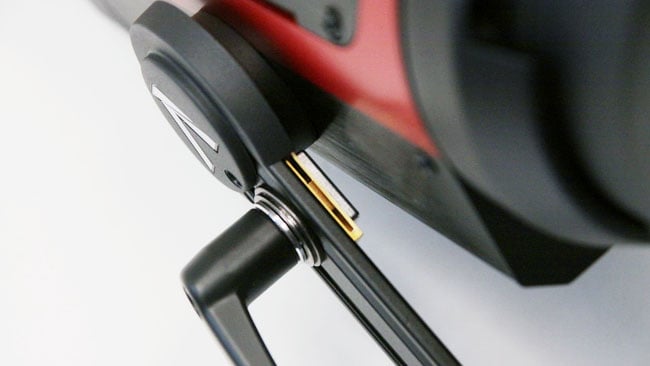
Yoke and clamp are improved
At the business end, as with the mark one, there is a cover glass over the LED array. The original used that glass to implement a slight plus-green colour trim and a very close inspection suggests that the Mk. II may tweak the colour very slightly warmer here - it looks like a pass-yellow dichroic, but it’s subtle enough to be hard to tell. The LED array is apparently designed to produce 5500K light, rather than the 6000K of the original 300D. It measures a hair over 5300K which sounds like a large error, but only represents a microscopic mired shift of 8, less than half a one-eighth CT straw filter away from spec. For comparison, HMIs are often specified at 6000K, but even two HMIs of different ages won’t usually match that closely.
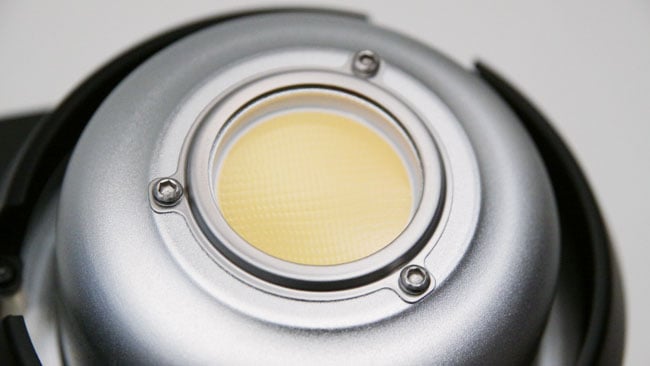
The COB sits under a cover glass which might just be a very pale dichroic colour trim
Significantly, Aputure is now claiming a colour match between all of its products described as “daylight.” This is a significant step forward in an industry where it’s long been okay for one company to ship ten different lights each emitting a different daylight. Matching across the range is a significant technical challenge and we’ll wait to see how this pans out.
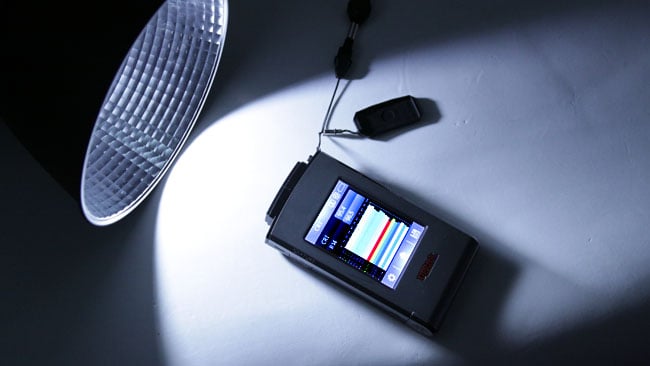
The least well-exposed colour chip is R9 red at 88, which is
The included reflector is a huge upgrade on the old diffuse dish, with a properly polished and coated multifaceted interior which clearly has much higher gain. The company claims a 3:1 advantage and this is substantiated in tests, with the COB-300D Mk. II achieving about 10,500lx at a metre with the old reflector and about 29,000lx with the new one. Optical efficiency is an oft-neglected topic and this is an object lesson in why it matters. As advertised, the Mk. II’s output is perhaps 20% higher than the mark one, which measured around 8500lx with the old reflector.
There is a downside. The old reflector does very little for point intensity but produces a pleasant shadow. The new reflector creates a visible double-shadow, especially off-axis, but then, beam purity was never a feature of PAR-style lights. It might be nice to see something even more like a true PAR reflector, like an Arri M-series, in the future.
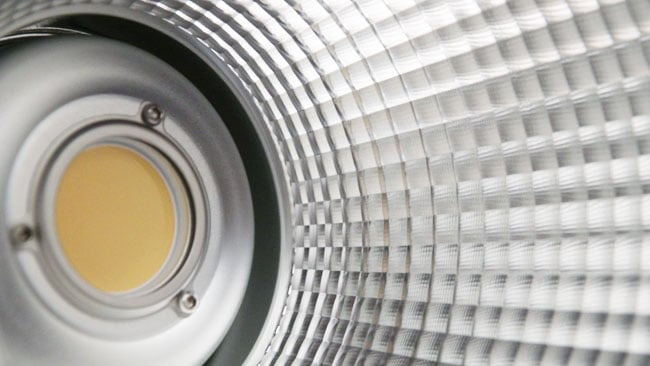
The new higher-gain reflector increases point intensity by about three to one, and would work nicely filling a diffusion. It does produce a visible double shadow, though
It’s not clear whether we’re likely to see a tungsten version. The company has not released a tungsten hard light since the COB-120T, which is a shame given that there are non-LED ways to create high-efficiency daylight, but not so many ways of creating high-efficiency tungsten. The best solution to this is variable white light, especially given that matching issues between manufacturers mean it’s always useful. Something for the Mk. III, perhaps.
Controllability, in general, is a big topic in lighting. Aputure announced a Bluetooth Mesh network capability at NAB and earns an extra slap on the back for producing a device which bridges that new radio protocol and the simpler radio remote features of its old lights. Mesh networking is not something that’s widely done in lighting; the idea is that all the lights in a setup act as mutual repeaters and if there’s a way to get a message from light to light to a very remote unit, the network will find it. The Mk. II, of course, implements the Bluetooth Mesh natively.
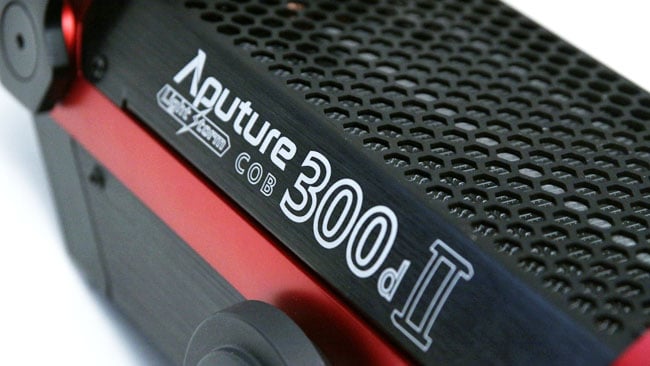
Go-faster stripes
Given all this for the price, it’s hard to argue. But frankly, as so often with Aputure, it’s hard to argue anyway. The company has been notching up its build quality and the Mk. II is a big step in the right direction. It’s bright, the new reflector makes it brighter and the dedication to colour matching the product range is something we’ll look forward to testing.
Tags: Production


Comments